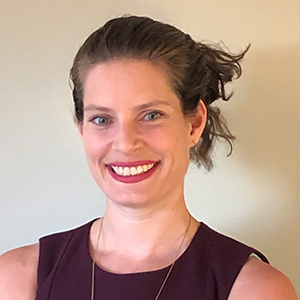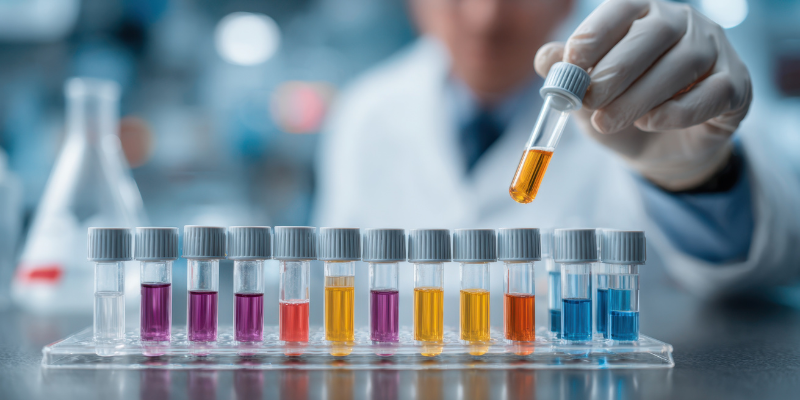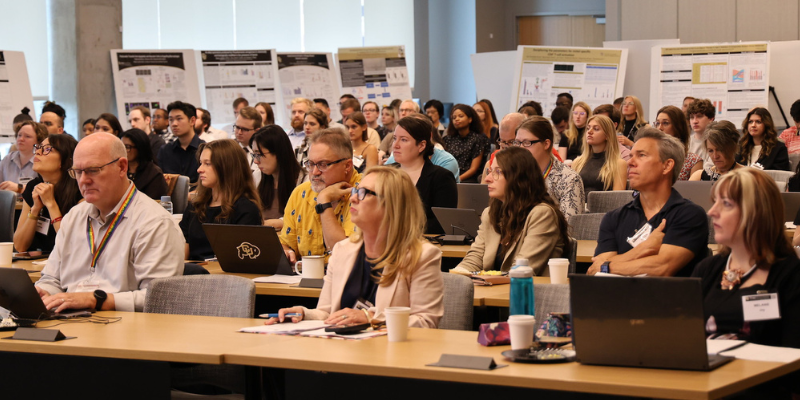International pharmaceutical corporation Ely Lilly and Company slashed the list price of insulin 70 percent, and capped patient insulin out-of-pocket costs at $35 per month. For University of Colorado Skaggs School of Pharmacy and Pharmaceutical Sciences Assistant Professor Kelly Anderson, PhD, MPP, the move, in conjunction with state and federal legislative efforts to cap insulin out-of-pocket costs, is a “watershed moment” in making prescription medications accessible and affordable.

Dr. Kelly E. Anderson |
Dr. Anderson’s career has focused on public policy, and by extension public health, improvement. She has consulted for federal health care agencies, state legislatures, and private companies regarding insurance design and payment policy. Dr. Anderson, and her colleagues on the school’s Pharmaceutical Outcomes Research team regularly meet with federal and state policymakers to connect the findings from their research to ongoing legislative and regulatory efforts.
“It’s that moment of knowing that my research, Dr. Brett McQueen’s research, research from academics across the country, patient groups raising the issue, clinicians raising this issue, advocacy, it’s rewarding to see that there is a possibility of improving care for patients with diabetes,” Dr. Anderson said. “That all of these voices and all of this research has led to change, rather than shouting into a void. For me, it makes me hopeful that this is possible for other kinds of medications and other populations.”
Dr. Anderson studies high-cost medications, such as insulin, and provides insight on how this move from Lilly has far-reaching impact for pharmaceuticals – and those who use them – across the nation.
“Several different studies report that among patients who need insulin to manage either their type 1-diabetes or type-2 diabetes, up to 30 percent of them report not taking insulin due to cost issues, or underusing insulin due to cost issues, and this is a life-saving and life-improving medication for individuals with diabetes,” she said. “How do we get this into the hands of the people who need it?”
Change Will Impact Millions of Americans
The CDC reports 37.3 million diabetic Americans, with an estimated 96 million American adults listed as pre-diabetic. Of those diabetic Americans, the American Diabetes Association estimates that 8.4 are insulin dependent. In short, this price drop makes a life-saving difference for millions of American people.

In the United States, nearly 30 percent of individuals with diabetes report being worried about the cost of insulin, and many go without or underuse because of cost. |
In Colorado, because of its progressive policies in pharmacy and pharmaceuticals, the state capped the cost of insulin at $100 per month for many individuals with commercial insurance starting in 2020. Twenty other states followed suit and have made insulin less expensive to the patient. Nation-wide, that is not the case. Even with state legislative efforts, and the recent implementation of an out-of-pocket cap for insulin for Medicare beneficiaries, there are large gaps in making insulin affordable. The decision from Lilly answers, at least part, of Dr. Anderson’s questions to improve affordability of high-quality healthcare and fill the missing piece so those who need insulin can afford it.
Action Steps for Easier Access
According to Lilly, the company is taking these actions to make it easier to access Lilly insulin and help Americans who may have difficulty navigating a complex healthcare system that may keep them from getting affordable insulin.
In a media release, Lilly Chair and CEO, David A. Ricks, explained the motive behind their decision.
"While the current healthcare system provides access to insulin for most people with diabetes, it still does not provide affordable insulin for everyone and that needs to change," he said. "The aggressive price cuts we're announcing today should make a real difference for Americans with diabetes. Because these price cuts will take time for the insurance and pharmacy system to implement, we are taking the additional step to immediately cap out-of-pocket costs for patients who use Lilly insulin and are not covered by the recent Medicare Part D cap."
Dr. Anderson also noted that Lilly’s change in pricing strategy likely also reflects the change in market dynamics caused by state and federal efforts to cap insulin prices.
“As more patients have insurance coverage where the price of insulin is capped, manufacturers are less interested in seeking preferred formulary placement, often achieved with large rebates to pharmacy benefit managers and insurers off of high list prices,” she explained. “Instead, insulin manufacturers such as Eli Lilly may seek to make their products more attractive by reducing the list price.”
A Start to Make Medication Affordable
Dr. Anderson hopes that this is the start of additional efforts to make other critical medications available and accessible to all Americans.
“I work on making health insurance work better,” she explains. “I think about ‘how do we tackle the high cost of prescription drugs so that they are more accessible for patients and more affordable for the health care system as a whole, but so that we maintain a successful pipeline of drug development for new, innovative therapies and the next generation of patients.’”




